Unveiling the Enigma: Costa Rica Stone Balls
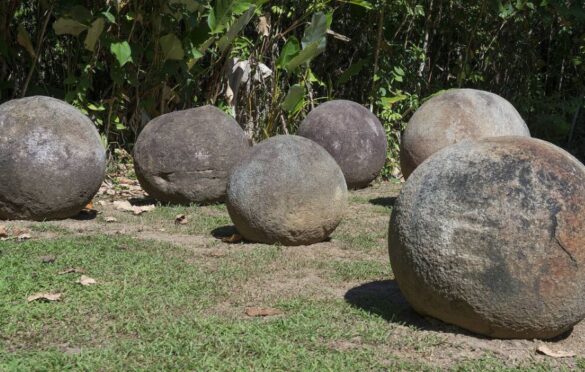
Introduction:
The Costa Rica Stone Balls have long captured the fascination of archaeologists, historians, and adventurers alike. Scattered throughout the lush jungles of Costa Rica, these ancient stone spheres have puzzled experts for centuries. What is the story behind these intriguing artifacts? How were they created, and what purpose did they serve? Join us on a journey as we delve into the enigma of the Costa Rica Stone Balls, exploring their origins, characteristics, cultural significance, and the various theories that attempt to unravel their secrets.
I. The Origins of Costa Rica Stone Balls
A. Discovery and Historical Context:
The discovery of the Costa Rica Stone Balls dates back to the 1930s when the United Fruit Company stumbled upon them during land clearing activities. Since then, numerous stone balls have been unearthed, revealing their ancient past. These stone spheres hold immense historical significance, particularly for the indigenous cultures that once thrived in the region.
B. Geological Formation:
The formation of the Costa Rica Stone Balls is a result of intricate geological processes that took place over thousands of years. Erosion, weathering, and the effects of volcanic activity are believed to have played a role in their creation. The specific geological characteristics of the region contribute to the mystery surrounding these ancient artifacts.
C. Cultural Significance:
The Costa Rica Stone Balls hold deep cultural significance for the indigenous people of Costa Rica. Many theories suggest that these stone spheres were linked to spiritual beliefs, ceremonies, and rituals. They are considered sacred objects, representing connections to ancestral spirits and the natural world. The stone balls also played a role in defining territorial boundaries and symbolized the power and authority of tribal leaders.
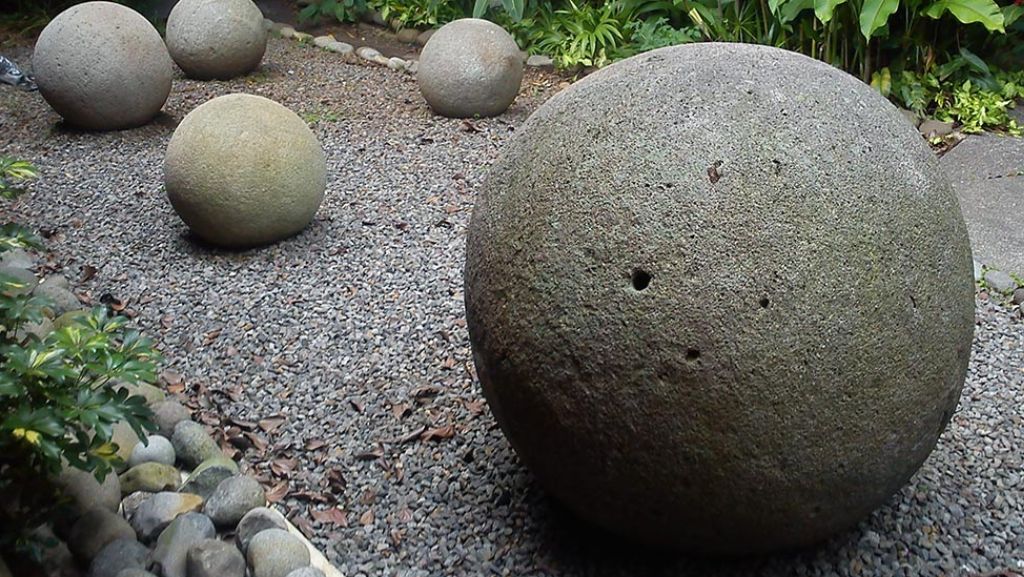
II. Characteristics and Variations of Costa Rica Stone Balls
A. Size and Weight:
The Costa Rica Stone Balls exhibit a wide range of sizes, from a few centimeters to over two meters in diameter. Some of the larger spheres weigh several tons. The variations in size and weight have raised questions about the techniques and tools used to create them.
B. Material Composition:
The stone balls are predominantly composed of granodiorite, a type of igneous rock found in the region. The choice of this specific rock type indicates the meticulous selection process involved in their creation. The durability and strength of granodiorite contribute to the longevity of these ancient artifacts.
C. Geometric Precision:
One of the most remarkable features of the Costa Rica Stone Balls is their precise and near-perfect spherical shape. The stone spheres exhibit remarkable symmetry, leading to speculation about the advanced craftsmanship of the artisans who created them. The accuracy of their geometric shape remains a testament to the skill and knowledge possessed by the ancient artisans.
D. Ornamental Features:
While many Costa Rica Stone Balls appear smooth and unadorned, some display intricate carvings, engravings, or decorative elements. These ornamental features often depict symbols, animals, or human figures. The purpose and meaning of these engravings remain subject to interpretation and further study.

III. Theories and Speculations Surrounding Costa Rica Stone Balls
A. Astronomical and Celestial Alignments:
One theory proposes that the Costa Rica Stone Balls were aligned with astronomical and celestial events. The positioning of the stone balls might have served as markers for solstices, equinoxes, or other celestial phenomena, aiding in ancient astronomical observations and calculations.
B. Navigation and Wayfinding:
Another intriguing theory suggests that the stone balls were used for navigation and wayfinding. Their placement along ancient trade routes or coastal areas might have served as landmarks or navigational aids for seafaring communities, guiding them through treacherous waters.
C. Tools, Artifacts, or Weapons:
Some theories speculate that the stone balls were not mere objects of cultural significance but served practical purposes as tools, artifacts, or even weapons. Their near-perfect shape and hardness could have made them suitable for grinding, hammering, or defensive purposes.
D. Alien or Extraterrestrial Connections:
Among the more speculative theories surrounding the Costa Rica Stone Balls are claims of extraterrestrial influence. These theories suggest that the stone balls could be remnants of advanced ancient civilizations or even evidence of alien visitation. However, such claims lack substantial scientific evidence.
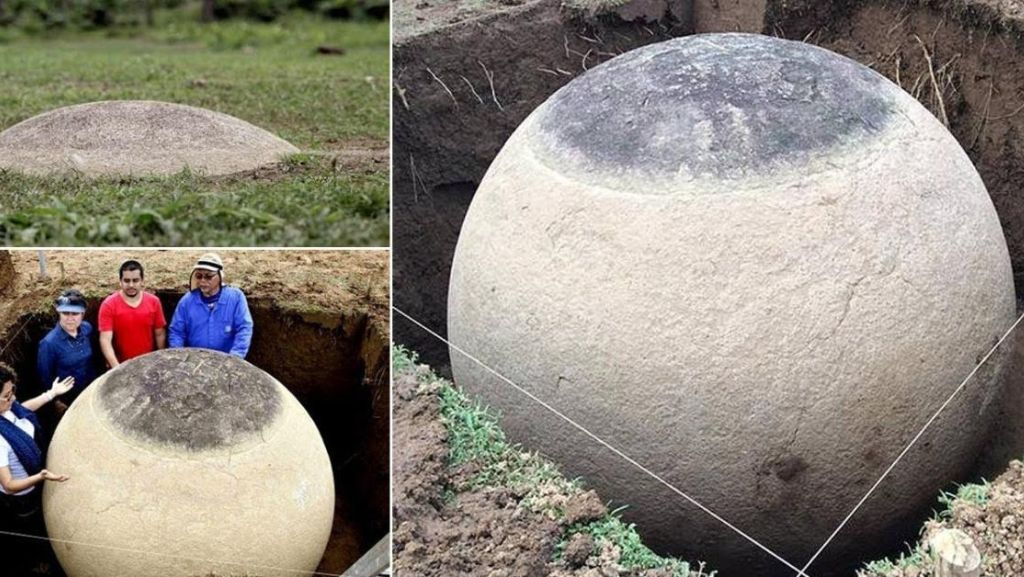
IV. Preservation and Conservation Efforts
A. Threats to the Stone Balls:
The Costa Rica Stone Balls face various threats to their preservation, including natural erosion, human activities, and vandalism. Deforestation, agricultural expansion, and urbanization pose significant risks to the integrity of these ancient artifacts.
B. Conservation Initiatives:
Efforts to preserve and protect the Costa Rica Stone Balls have gained momentum in recent years. Collaborations between archaeologists, local communities, and government agencies aim to safeguard these ancient treasures. Conservation projects involve measures such as reforestation, public education, and site management to ensure the long-term survival of the stone balls.
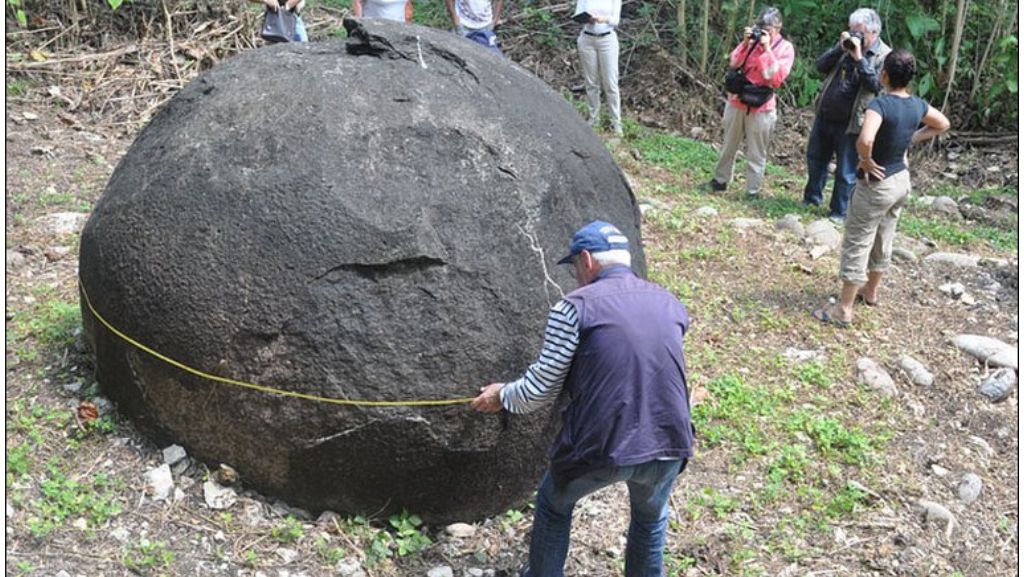
Conclusion:
The Costa Rica Stone Balls continue to captivate our imagination, serving as a tangible link to an ancient past. While their true purpose and origin remain elusive, they hold immense cultural and historical significance. As ongoing research and preservation efforts continue, we hope to unlock the secrets of these remarkable ancient artifacts, shedding light on the rich tapestry of Costa Rica’s past.
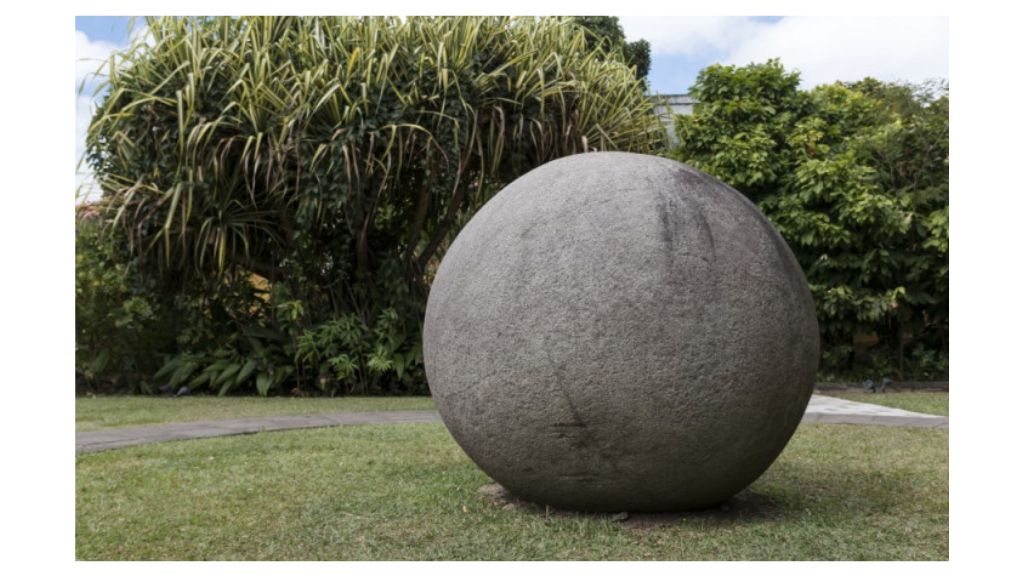
FAQs (Frequently Asked Questions)
What is the significance of Costa Rica Stone Balls?
The Costa Rica Stone Balls hold cultural and historical significance, representing ancient spiritual beliefs, territorial boundaries, and ancestral connections.
How were the stone balls created?
The exact method of creation remains a mystery, but geological processes, erosion, and human craftsmanship are believed to be involved.
Are there any legends or myths associated with the stone balls?
Yes, indigenous folklore often associates the stone balls with mythical stories and ancient legends.
Can the stone balls be moved or repositioned?
Due to their size and weight, moving the stone balls is challenging and not recommended to preserve their integrity.
What materials were used to make the stone balls?
The Costa Rica Stone Balls are primarily composed of granodiorite, a type of igneous rock found in the region.
Have any new stone balls been discovered recently?
While the majority of the stone balls have been unearthed, occasional discoveries continue to be made, expanding our understanding.
Are there any theories about the purpose of the stone balls?
Several theories exist, including astronomical alignment, navigation aids, tools or weapons, and even extraterrestrial connections.
How old are the stone balls?
The stone balls are estimated to date back to the pre-Columbian era, spanning a time period of several centuries.
Are the stone balls unique to Costa Rica?
Although similar stone spheres have been found in other parts of the world, the Costa Rica Stone Balls are renowned for their quantity and quality.
Can visitors see the stone balls in person?
Yes, several archaeological sites in Costa Rica offer the opportunity to witness these ancient artifacts firsthand.
